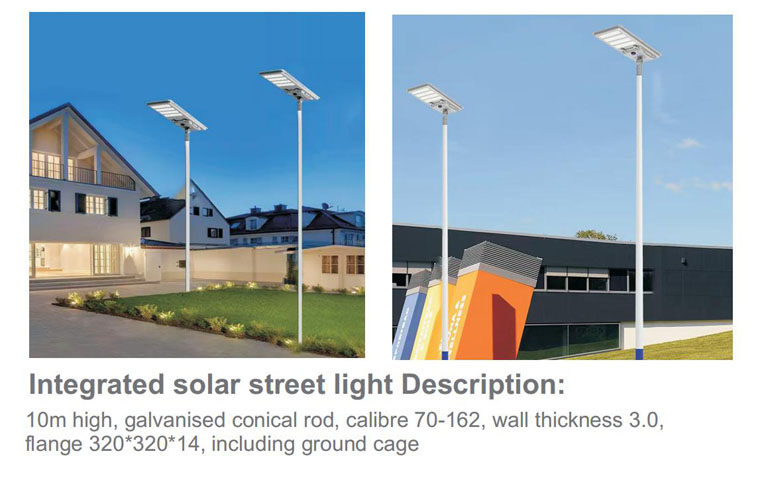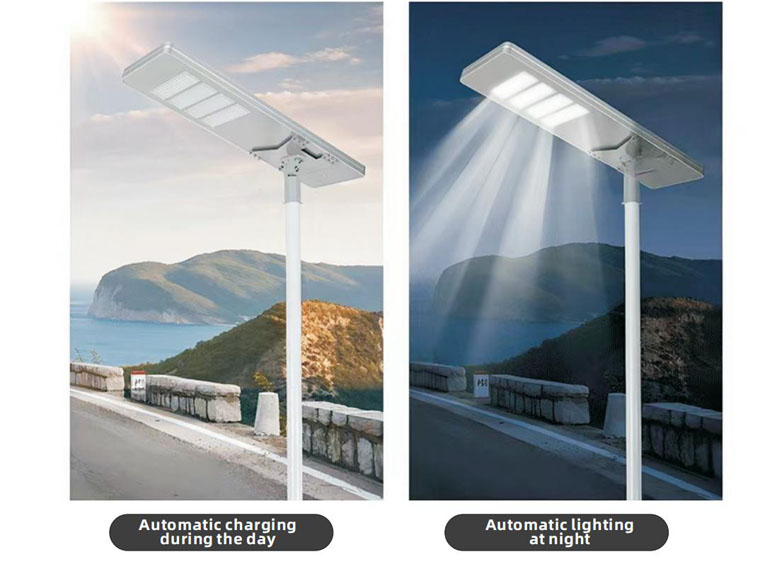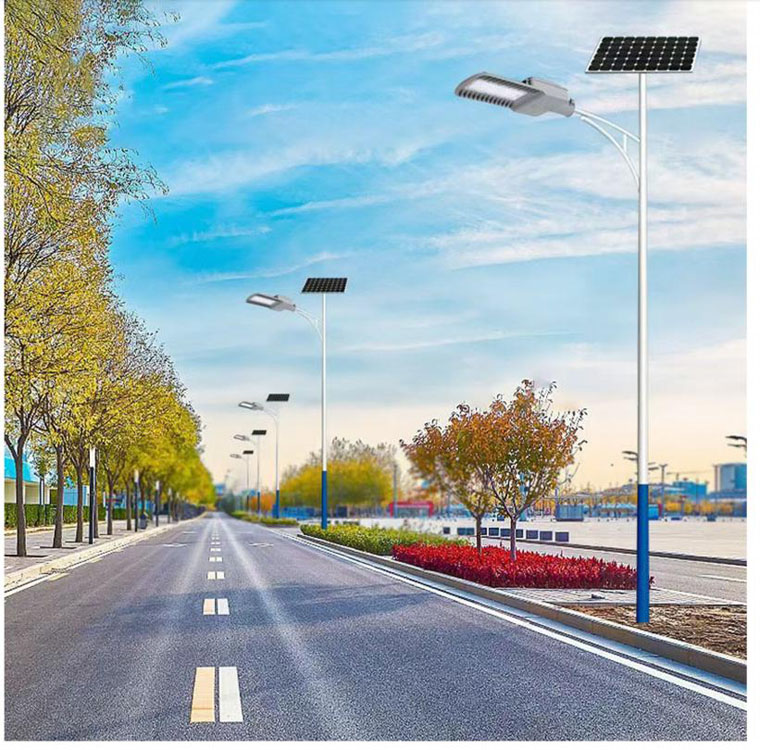Here¡¯s a summary of common drawbacks of solar street lights based on market trends and customer feedback:
1. Inconsistent Performance in Low Sunlight Conditions: Solar street lights rely heavily on sunlight, so during cloudy or rainy days, they may not charge fully, resulting in reduced brightness or shorter operating hours.
2. Limited Battery Life: Many solar street lights use batteries with a limited lifespan (2-5 years). Over time, battery capacity diminishes, requiring frequent replacements, which adds to maintenance costs.

3. High Initial Costs: Solar street lights often have higher upfront costs compared to conventional lights. This can be a barrier for some customers, despite the long-term savings on energy costs.
4. Lower Brightness: Compared to traditional streetlights, solar models can sometimes provide lower illumination, which may be insufficient for areas needing high-intensity lighting.

5. Battery and Component Theft: In some regions, solar street light batteries and components are prone to theft, especially since they are often installed in remote locations.
6. Weather Sensitivity: Extreme weather conditions (such as storms, heavy snow, or high temperatures) can damage the panels, batteries, or overall structure of the light.

7. Maintenance Challenges: While solar street lights are promoted as low-maintenance, panel cleaning, battery replacements, and the need for specialized technicians for repairs can be ongoing concerns.
8. Limited Design Options: Solar street lights often have fewer design options compared to traditional lighting systems, which might not satisfy aesthetic preferences for certain projects.

9. Potential for Overcharging or Deep Discharging: Poorly designed systems might suffer from battery overcharging or deep discharging, shortening battery life and reducing the overall effectiveness of the system.
10. Installation Location Limitations: Proper placement of solar panels is critical for maximizing sunlight expos

